The "disaster" from the storm that swept through the waters of Ha Long Bay (Quang Ninh) yesterday afternoon, July 19, causing the tourist ship Bay Xanh 58 (QN‑7105) to capsize, left behind great pain, loss and extremely valuable lessons.
It is worth mentioning that, although it was a rare incident, it rang the bell not only about the abnormality of sea weather and the ability to escape, but also about the compliance with warnings of both the people and relevant agencies.
Faced with this situation, what do travel experts note?
Small incidents can also cause big consequences.
With more than 20 years of experience in tourism, especially having operated the adventure travel company ActiveTravel Asia for nearly 12 years in complex terrains from the mountains and forests of Ha Giang , Ha Long Bay to the Mekong River or offshore islands, CEO of Mekong Rustic, Mr. Nguyen Ngoc Bich, concluded that each trip is only meaningful if you can return safely.
According to Mr. Nguyen Ngoc Bich: “Many people think that accidents only happen on remote, dangerous journeys, but in reality, the risk can happen even on a trip to Ha Long Bay, rowing a basket boat in Hoi An, or participating in an island-hopping tour outside Phu Quoc. Especially for tourists who do not have survival skills or have never undergone any training, even a small incident can have serious consequences.”
From the recent boat capsize incident in Ha Long Bay, the expert emphasized that the core to have a safe experience in particular as well as operating an adventure tourism company in general, first of all, is a safety process and emphasized that this is not an option.
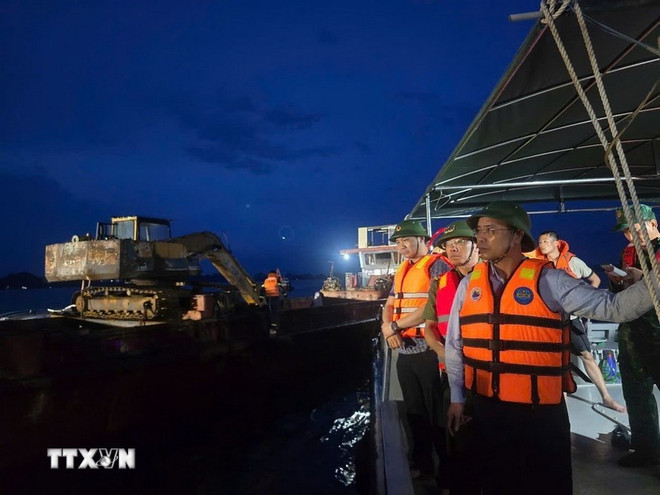
“At our company, no activity is allowed to depart without a safety check, whether it is a 2-day trekking tour or a 2-hour kayak tour. This is not to comply with the law, but because each tour participant is a living being, and we cannot 'test' incorrectly even by 1%,” said Mr. Nguyen Ngoc Bich.
“We have met tourists from big cities who have never swum, cannot read a map, and have never worn a life jacket in their life. Some even think that knowing how to ‘dog paddle’ is enough to survive at sea…,” CEO Nguyen Ngoc Bich shared.
Therefore, according to this CEO, every sea tour, from boat trips, basket boats, kayaks, to coral diving, needs to start with 15 minutes of basic training: How to check if a life jacket is working; what to do if the boat capsizes; signaling for help with hands or light; the principle of "save yourself first - don't panic."
At Mekong Rustic, every year the company’s leadership organizes a real emergency drill, with rescue, “victim role-playing,” medical support, and post-drill reporting. Because they always adhere to “No simulation = no reflex.” Because when a real incident occurs, people do not act rationally but on previously trained reflexes.
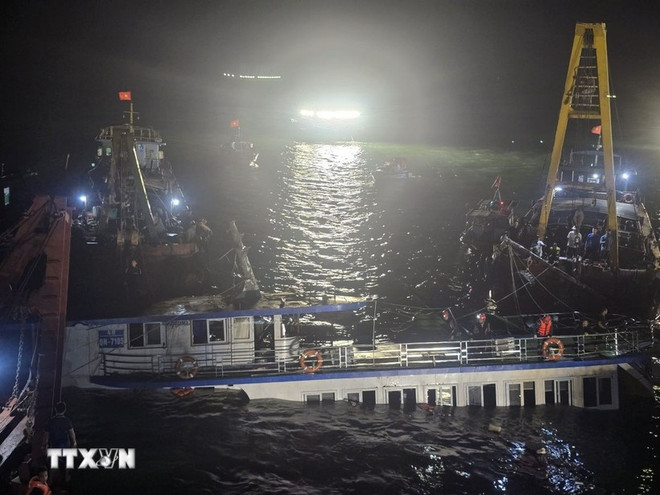
Notes to follow
With more than 25 years of experience in sea tourism routes and operating large cruise ships, LuxGroup Chairman Pham Ha noted that service providers also need to clearly inform tourists about the itinerary, such as how long it will take, where they will go, what they will enjoy, and what to avoid.
“Before the ship departs, our staff will disseminate basic safety rules, introduce potential risks in the operating area, and visitors should listen carefully and remember the location of life-saving equipment, emergency exits and restricted areas. In any unusual situation, stay calm and follow instructions,” said Mr. Pham Ha.
“Whoever stays calm in the first few minutes has a 70% chance of survival.”
On all cruise ships, life jackets are always available in the cabins and deck areas. Guests should wear life jackets when the ship is moving, especially when participating in activities such as kayaking, boarding a bamboo boat or swimming in deep water.
However, Mr. Pham Ha advised tourists “not to wear life jackets when on closed boats or ships, because when water enters, it will make people float, making it difficult to move and escape.”
In CEO Nguyen Ngoc Bich's tour operation team, each tour guide to be able to lead a group: Must have attended an international first aid course; at least 1 person must bring a GPS device or SOS transmitter; have a flashlight, first aid kit, topographic map and emergency medical list. Even if the guests do not bring anything, the tour guides still need to have enough equipment for the whole group in the worst case scenario.
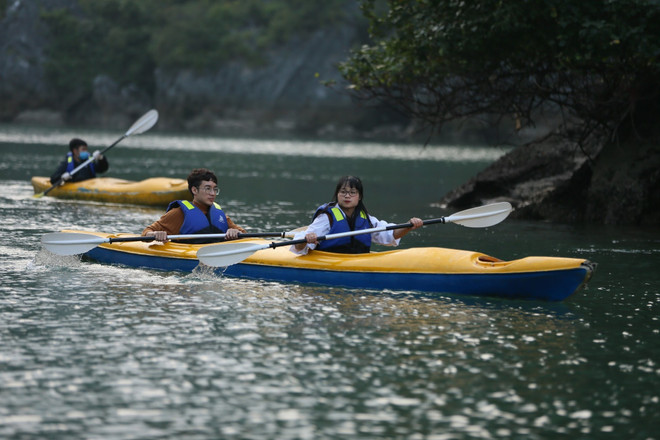
“We teach our guests things that no one else teaches them. In reality, many guests do not know how to keep their body warm when submerged in water for a long time, how to send a distress signal when there is no phone signal, how to 'fast safely' for 6-12 hours, when to move to find help/when to stay still and save energy... So before each trip, we always send a brief safety guide (in 2 languages) and spend 5-10 minutes 'pointing out - calling out' hypothetical situations. No threats, this is just how we help you survive,” CEO Nguyen Ngoc Bich shared.
This expert also advised tour organizers to never trade safety for a “wow” experience, do it right and never allow yourself to make a mistake even once.
“For every tourist, don’t be subjective, listen, cooperate, and ask when you don’t understand clearly. Because we don’t expect risks to happen, but if they do, it is the preparation beforehand that determines whether you and your loved ones can return or not. Safety is not the job of one person but the responsibility of the entire tourism ecosystem,” CEO Nguyen Ngoc Bich emphasized./.
As of 11:00 a.m. on July 20, authorities had found 45 victims, of which 10 survived and 35 did not survive.
Quang Ninh province said there were 49 people on board, not 53 as initially reported. Thus, 4 people are still missing.
Source: https://www.vietnamplus.vn/sau-tham-hoa-lat-tau-o-vinh-ha-long-can-mot-cuoc-cach-mang-ve-an-toan-du-lich-bien-post1050653.vnp



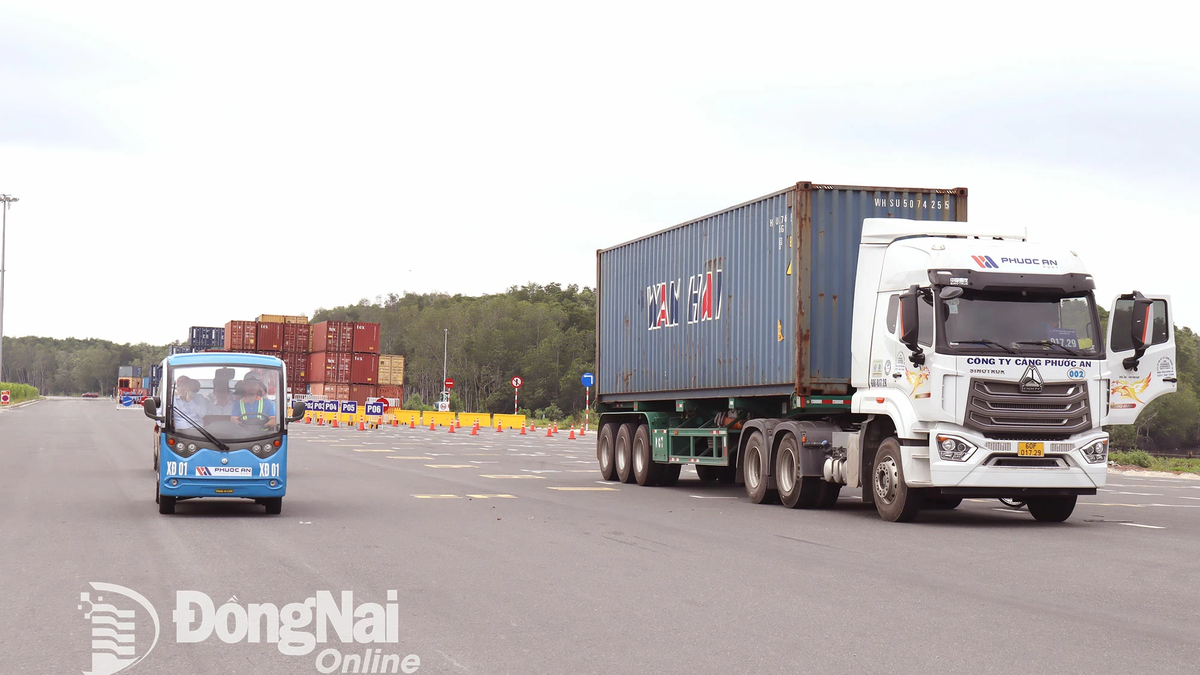

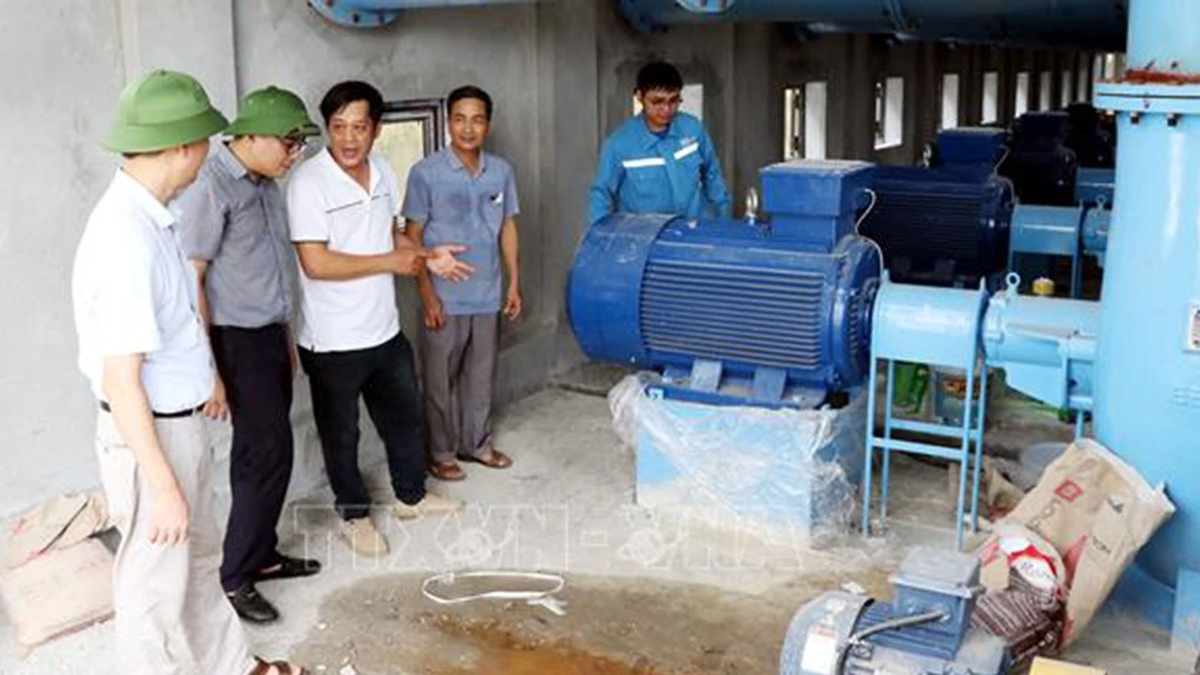
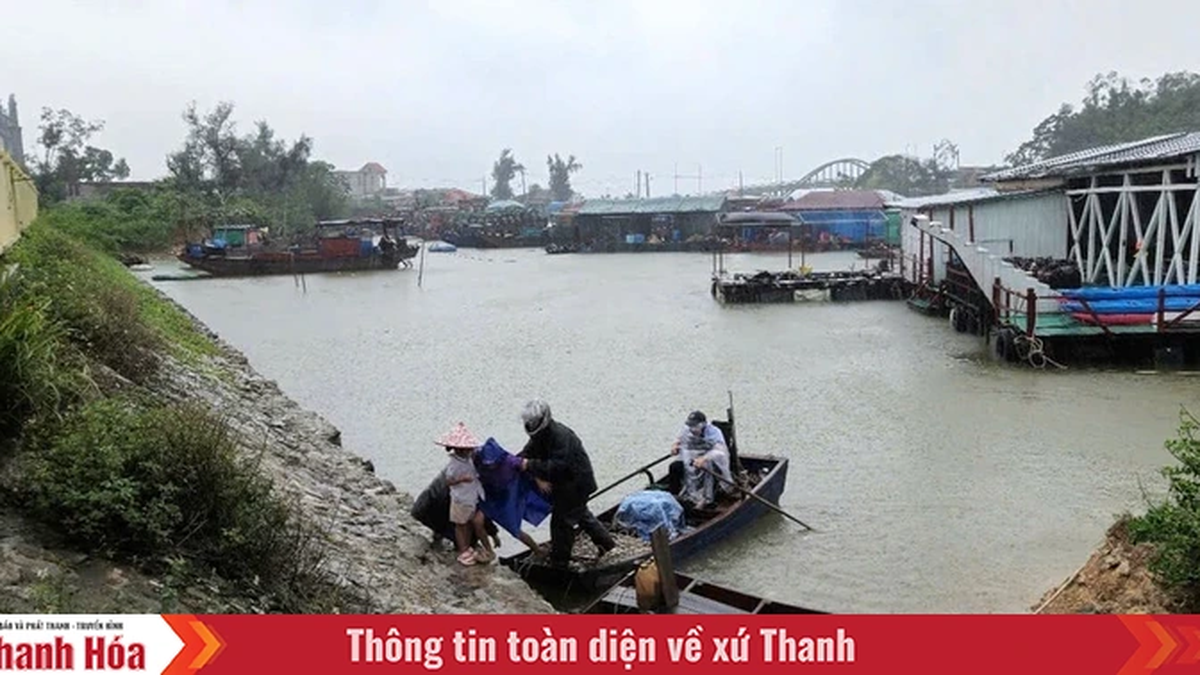
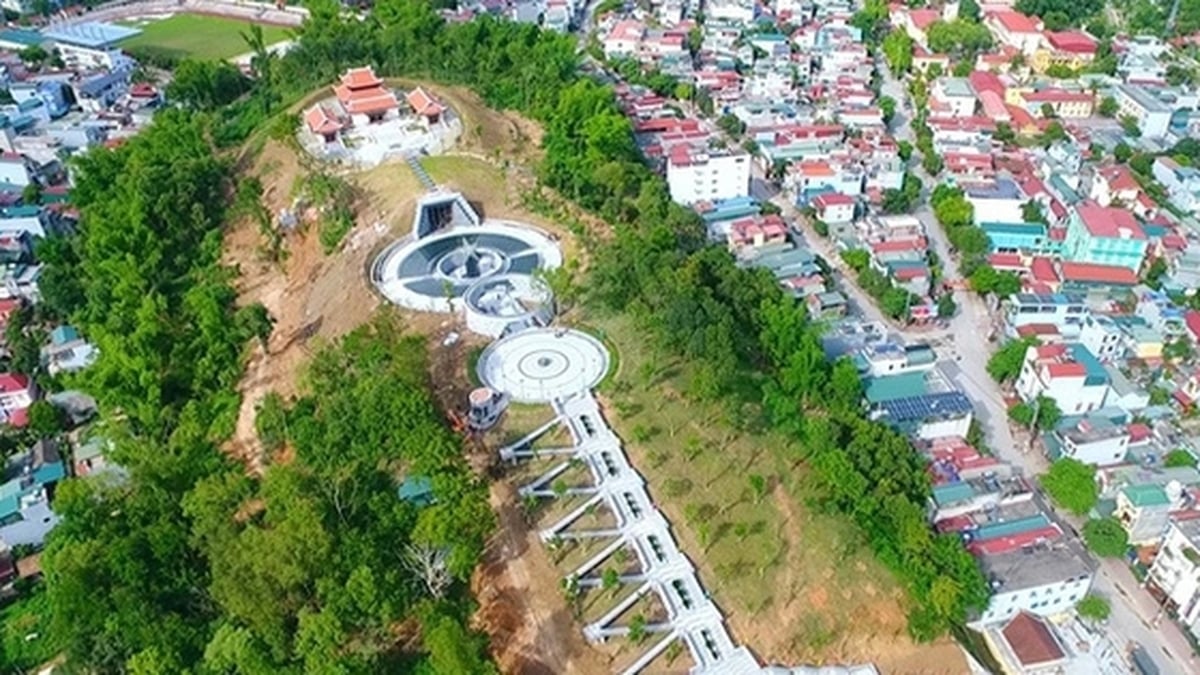

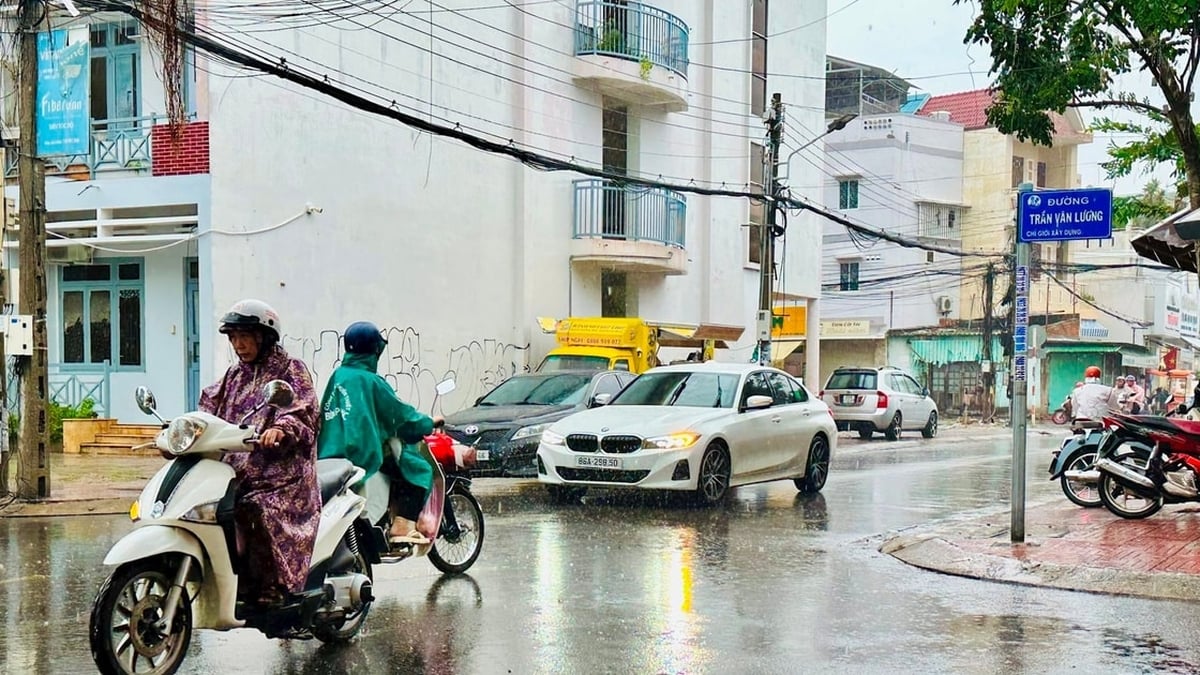

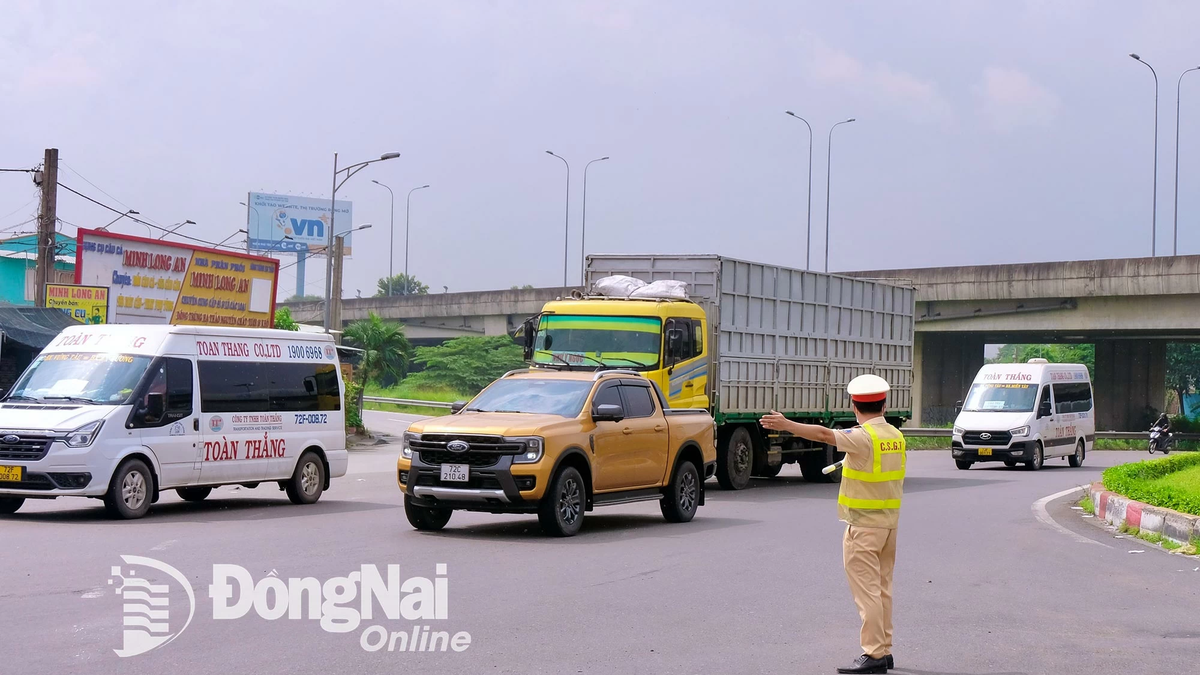











![[Photo] National Assembly Chairman Tran Thanh Man visits Vietnamese Heroic Mother Ta Thi Tran](https://vphoto.vietnam.vn/thumb/1200x675/vietnam/resource/IMAGE/2025/7/20/765c0bd057dd44ad83ab89fe0255b783)




















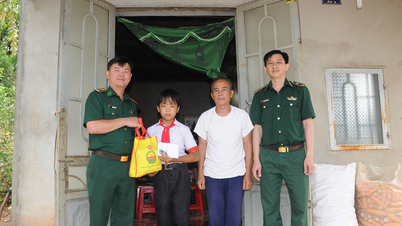



















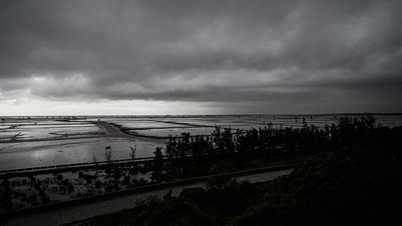

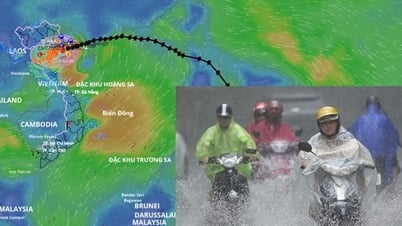

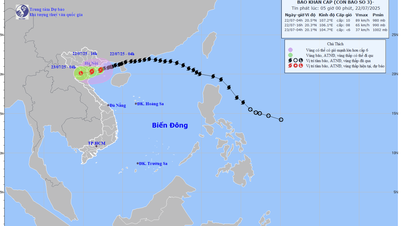

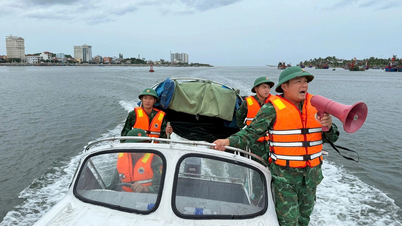

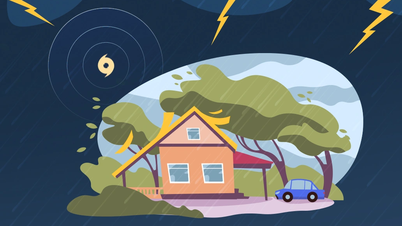






























Comment (0)